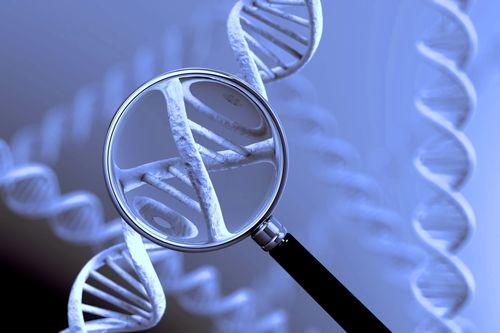
vPCR provides you with clear answers.
At the Defence Island in the municipality of Woerden there is pollution in the deep groundwater, which was caused by military dry-cleaning activities in the past. It involves the volatile chlorinated hydrocarbons (VOCl’s), cis-dichloroethene and vinyl chloride. The municipality is developing a plan for the management of this deep contamination and would like to be certain whether biodegradation of the VOCI’s occurs and if so, at what speed this happens. Bioclear earth has been engaged to look into the matter.
The first step to demonstrate degradation is to determine redox parameters. This gives an indication of the conditions in the underground and whether these are favourable for degradation. However, this does not answer the question if biodegradation actually takes place. Detection of the presence of the residual products ethylene and ethane, released during biodegradation, is unfortunately not a completely valid indicator in this case. This is due to the location, which makes it possible that these degradation products come from an upstream (source) area.
In order to quickly obtain certainty in these types of situations, it makes sense to measure the microbiology (in the water phase) in addition to redox measurements. Microbial Analysis has been asked to perform a number of analyses in order to get clear picture of this microbiology. For this purpose, measurements were carried out in the contaminated plume area and a reference measurement was made in the same soil / groundwater layer where no contamination is present.
To this day the bacterium Dehalococcoides spp (DHC) is the best-known organism capable of complete anaerobic degradation of cis-dichloroethene into ethylene and ethane. Therefore, in this case we perform qPCR and vPCR (DNA) analyses for the presence of DHC and the vcrA gene. You could describe the vcrA gene as the “on-switch” of the bacteria to break down VOCl's. Demonstration of this gene provides even more certainty that the degradation of the VOCl’s into harmless compounds takes places.
Because of the vPCR determination, we were able to demonstrate that living and active micro-organisms are indeed present in the samples. Together with q-PCR determination, with which all DNA of the relevant micro-organism (living and dead) is measured, we get a clear picture of what happens with regard to the VOCl-degradation in the soil.
The data from these analyses have therefore been an important factor for Bioclear earth to determinate the real active degradation and to derive degradation rates for this location. This provides the municipality with an indication of how long it takes for the contamination to break down and whether additional measures may be necessary to protect the drinking water extraction at a nearby location. Now, the Municipality of Woerden has a clear guidance for the development of their area-oriented groundwater management plan.

For more information about the application of vPCR, please contact Rob Elzinga, elzinga@microbialanalysis.com